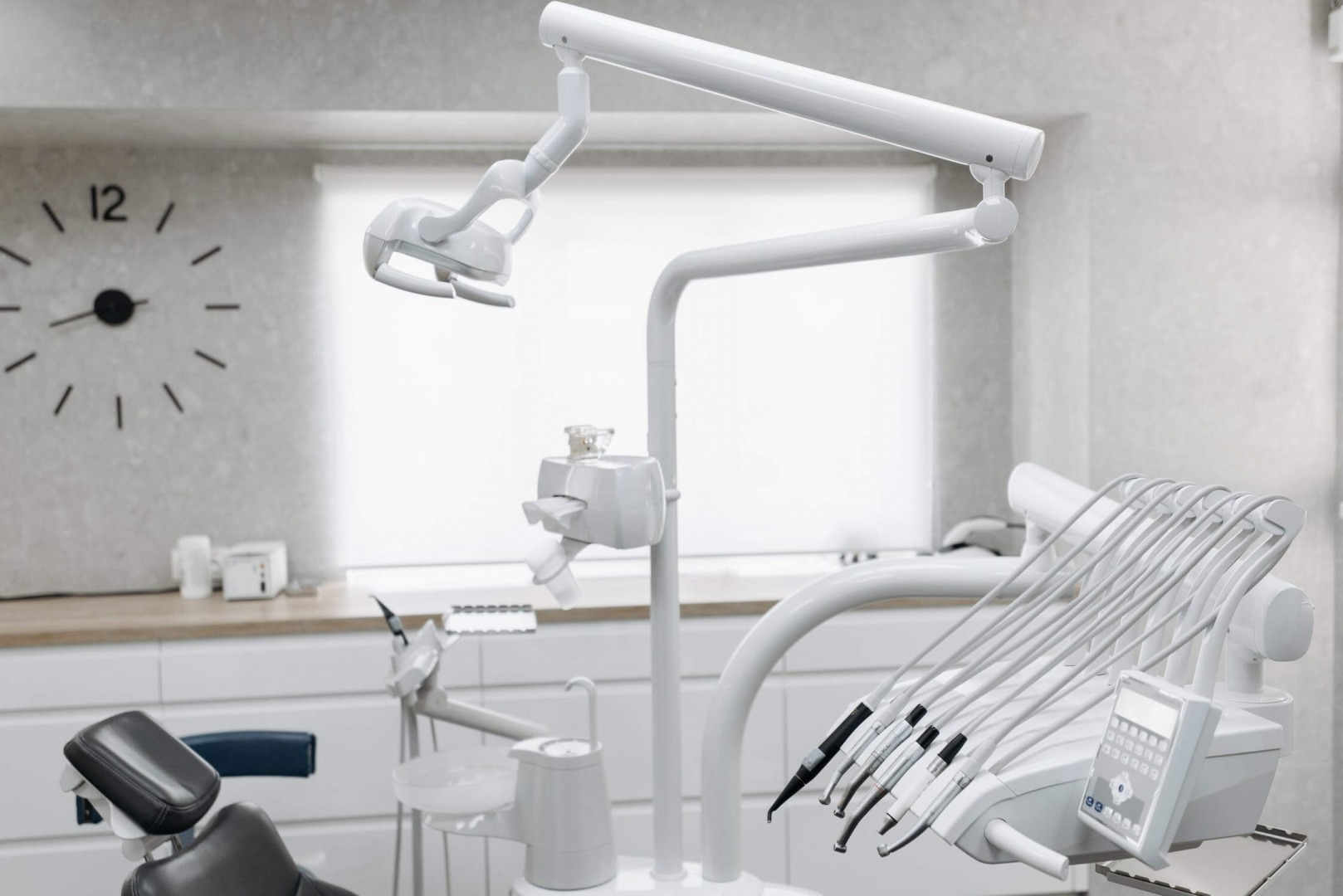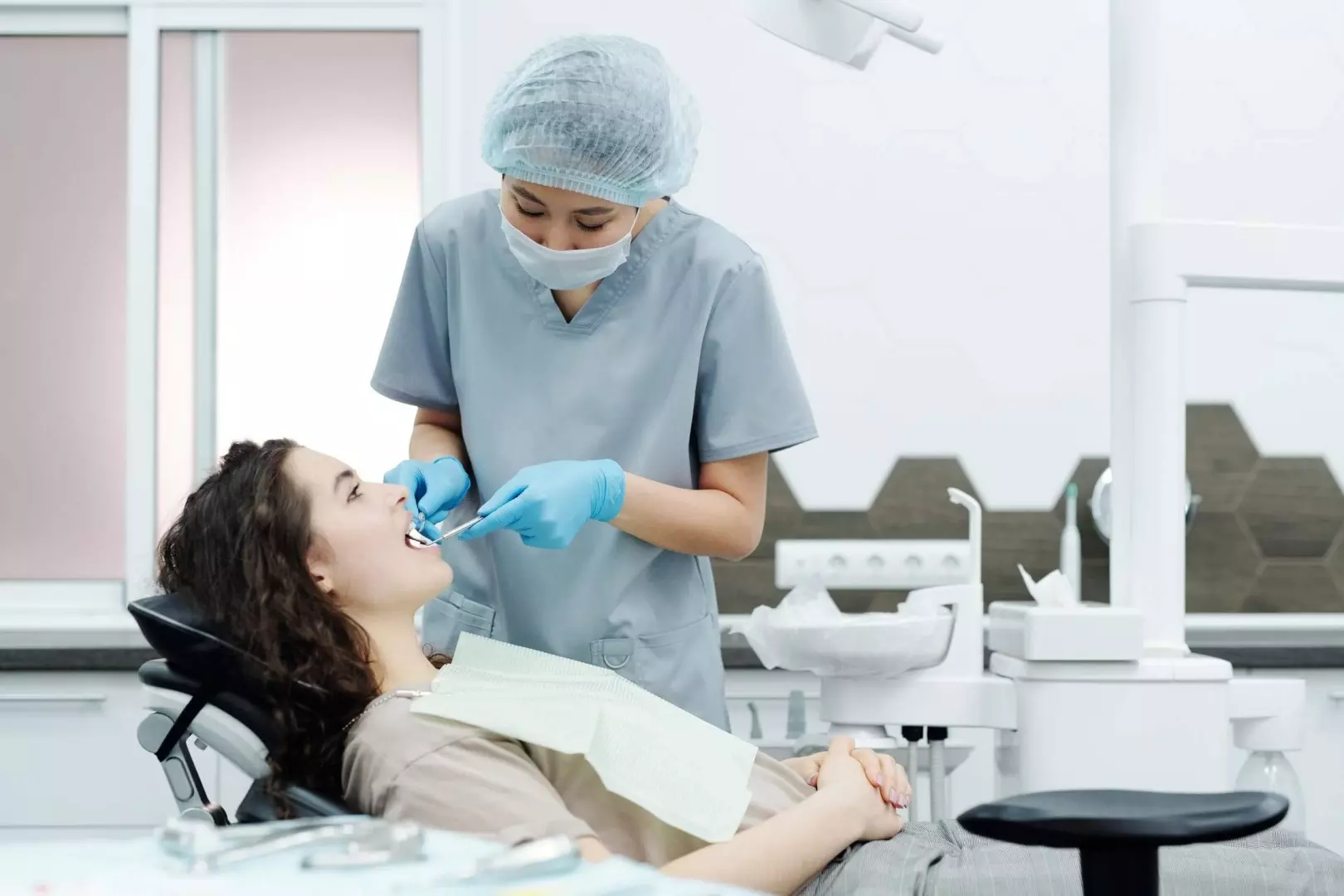Comments
- No comments found

Advances in dental technology are giving people lots of reasons to smile.
Innovations in health and medicine are commonplace. From activity trackers to artificial intelligence, technology is playing a bigger and bigger role in many aspects of care. But for some, these innovations are largely theoretical or impractical. The role of genetic analysis, for example, is common, yet its consumer applications are largely around ethnic heritage and esoteric traits such as wet or dry ear wax and flushing from alcohol consumption. The future is coming, but not as fast as some may wish.
A visit to the dentist can completely change your perspective, as the field of dentistry is currently undergoing a revolution that showcases remarkable advancements straight out of the digital health playbook. From advanced imaging techniques to empowered consumers, technology in dentistry can truly leave you in awe.

X-ray has come out of the dark room to offer electronic imaging that provides both speed and simplicity. And advances in cone beam tomography add another tech tool for today's dental office that enhances image quality as well as efficiency. Images, combined with CAD (computer-aided design) are now part of the clinical plan that can be shared with patients in real-time and offer a comprehensive view of diagnoses, procedures, and potential outcomes.
Modern dental materials offer key advantages for today's patients. For example, nanoparticles provide unique feature combinations from strength to aesthetic qualities. Advanced materials can also provide the basis for important clinical advantages including supporting bone growth and antimicrobial activity.
Preservation and restoration of oral tissue are essential parts of care. Today's procedures and treatments can facilitate direct tissue regeneration. Even the role of stem cells is being explored in dentistry. Science suggests that these cells may regenerate dental pulp in damaged teeth and help avoid procedures such as root canals.
VR isn't only about gaming. Today's technology offers advanced and effective control of both pain and anxiety. VR enables the patient to journey outside of the dental office to a virtual environment that is more soothing. The experience is improved for both patient and care provider and may even lead to better outcomes.
Yes, even robots have become part of the news in dental innovation. More common in the traditional operating room, the role of robotic assistance and robots in oral surgery—filling the need for qualified humans--is a potential near-term reality.
Today, control is shifting to collaboration with patients playing a much more active role in care. From activity trackers to genomic analysis, patients are driving decisions and action.
At-home tooth whitening kits and direct-to-consumer teeth-straightening procedures are now commonplace and driving the progression from quantified steps to the quantified mouth!
From sleep apnea to systemic bacterial contamination to eating disorders, the dental chair is another important examination table that can help with the diagnosis of, and offer therapy for, conditions with oral and systemic implications.
Beyond innovation, the dental marketplace is significant. The annual spending in US dental care is projected to be over $200 billion by 2027. Our aging population, growing awareness of aesthetics and cosmetic dentistry, and the expanding awareness of oral health, all come together to provide tremendous business opportunities for both companies and entrepreneurs.
In this landscape, the role of a local dentist becomes increasingly crucial. For instance, let's consider a dentist in Santa Rosa. By establishing a trusted and reputable dental practice in the local community, they can cater to the specific oral health needs of residents in Santa Rosa, providing essential services such as preventive care, restorative treatments, and cosmetic procedures. The convenience of having a reliable local dentist in Santa Rosa ensures that patients can easily access quality oral healthcare, fostering long-term relationships and contributing to the overall well-being of the community.
Transformative innovations taking place in dentistry—from scientific research driving development of digital dentistry to next-generation, high-tech tools and procedures—are driving health innovation that will impact a patient’s whole health—beyond their teeth, gums and mouth. It’s our responsibility and privilege to harness that cutting-edge research, putting it in the hands of dentists across the country to help transform patient care. Julie Charlestein, President and CEO of Premier Dental Products
The convergence of technology and dentistry is leading the charge in transforming medicine. Often overlooked, the dental office and dental science in your own home are real-world examples of what health technology offers us today. From functional applications such as teeth whitening and straightening to stem cell regeneration of teeth, the revolution is here. And that's certainly a reason to smile.
John is the #1 global influencer in digital health and generally regarded as one of the top global strategic and creative thinkers in this important and expanding area. He is also one the most popular speakers around the globe presenting his vibrant and insightful perspective on the future of health innovation. His focus is on guiding companies, NGOs, and governments through the dynamics of exponential change in the health / tech marketplaces. He is also a member of the Google Health Advisory Board, pens HEALTH CRITICAL for Forbes--a top global blog on health & technology and THE DIGITAL SELF for Psychology Today—a leading blog focused on the digital transformation of humanity. He is also on the faculty of Exponential Medicine. John has an established reputation as a vocal advocate for strategic thinking and creativity. He has built his career on the “science of advertising,” a process where strategy and creativity work together for superior marketing. He has also been recognized for his ability to translate difficult medical and scientific concepts into material that can be more easily communicated to consumers, clinicians and scientists. Additionally, John has distinguished himself as a scientific thinker. Earlier in his career, John was a research associate at Harvard Medical School and has co-authored several papers with global thought-leaders in the field of cardiovascular physiology with a focus on acute myocardial infarction, ventricular arrhythmias and sudden cardiac death.
Leave your comments
Post comment as a guest